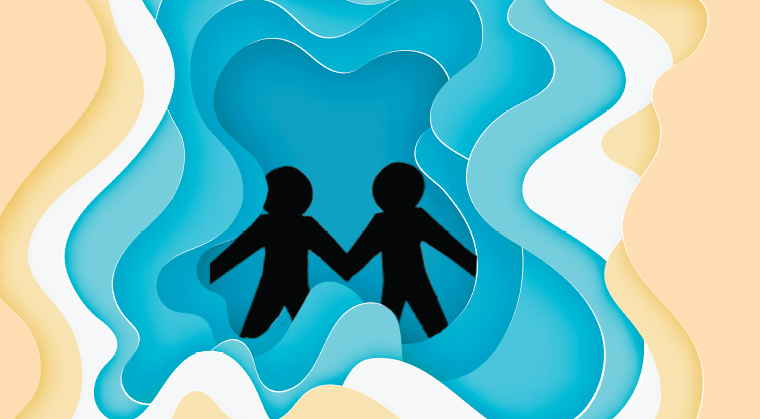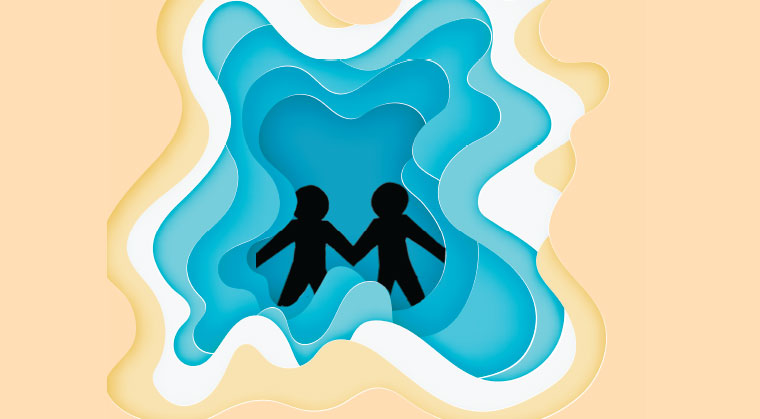I Am Not Stressed Out!


L
earning to cope with stress is an essential life skill. So many things can go wrong in life, but a person grows by how he deals with stress.
According to the American Psychological Association (APA) in their report entitled Stress in America, 42% percent of teens said that they do not do anything specific to cope with their stress (or that they have no idea how to deal with it). This is a major concern because of the impact that stress can have on your life.
Let’s take a look at how to best manage tension, pressure, and strain. We will begin by exploring two areas of challenge that put teens at risk for stress. Being aware of these stress-traps and learning how to deal with them will help you create a powerful coping mindset that can really change the way you navigate life. Get ready for some amazing life tools that will serve you well now and throughout your life!
Challenge #1:
Catastrophizing involves irrational thoughts where we believe something is much worse than it actually is. This skewed thinking can be applied to current or upcoming events. However, focusing on worst-case scenarios won’t stop bad things from happening. It will only stop you from enjoying the good things in the present. Catastrophizing often takes the form of “rumination,” which is when you keep reviewing the same thoughts over and over. You might call it having the same thoughts “going around and around” in your head.
Chana Leah had started a new school in the fall and had been worrying since then about the post-Pesach retreat. It was an event that others looked forward to, but she was dreading it. Room assignments were randomly selected so that girls could widen their circle of friends, and she was sure she would be stuck with badly matched roommates and feel deeply uncomfortable. If that were to happen, she reasoned, other girls would be reluctant to hang out with her, and the whole Shabbos would be a bust. Worse still, that could undo the new and delicate friendships she had managed to build since the start of the year. In short, this retreat was an impending disaster!
Catastrophizing like this can turn into a self-fulfilling prophesy. The discomfort about the event creates a bad mood, which shuts down good communication, turns others off, and yields just the social disaster that was feared.
So, here’s your first tool:
Avoid getting stuck in negative thinking and challenge the destructive thoughts. When you get into disaster-style thinking, write down your worries. Over time, you can see a pattern of when you are likely to catastrophize, making it easier to develop solutions. Perhaps social risk-taking gets you most nervous. Maybe it’s academic pressure. Either way, keeping a record of concerns or a “worry list” allows you to challenge them and ask yourself if they really are accurate. Instead of viewing your thoughts as facts, treat them as theories you’re testing out.
Ask yourself the following, “What’s the actual probability that what I’m scared of will happen? If the probability is low, what are some more likely outcomes?” Another great challenge question is, “What would I say to a friend who had this worry?”
Tova had a lot of test anxiety. She knew this because the school counselor explained it to her, and they talked it through. In the moment, though, she didn’t feel like what she had was pathological (or unreasonable). She just felt panicked that she would fail a big and important test. Another visit to the counselor helped her question her nervousness. When she lay awake the night before the algebra final with worries swirling through her mind, she asked herself, “What’s the actual probability that I will truly fail this exam?” She had to admit that she had never failed a test before and the likelihood of failing now was very low. It was comforting to realize that her fear was unlikely to come true.
And now for your second tool:
Postpone your biggest worries to a scheduled time (perhaps 20 minutes) every day. This specific worry session can give you boundaries and help break the habit of dwelling and obsessing over things. When you are in your scheduled worry session, you are invited to look over your worry list. This enables you to look through your concerns and try to find solutions. Striving to focus on what you can change, rather than what is beyond your control, is the goal.
Tamar was a self-confessed worrier. She got very stressed out by schoolwork and had physical symptoms like headaches and backaches to show for it. Tamara was constantly complaining of pain. Finally, she designated “six o’clock sickness session” during which time she could complain to two listeners. They pledged to take her seriously and let her know if anything sounded bad enough that she should see a doctor. When the timer rang after 15 minutes, the session came to an end. What began as a joke actually helped Tamar feel more functional and in control.
Time for the third tool:
Tolerate uncertainty. We wrongly believe that worrying is a means of predicting the future and controlling outcomes. In a way, worrying prevents unpleasant surprises because you have “been there” already and have worried it through in advance. The problem is that this is an illusion and does not really make life more predictable or controllable. Instead, address your need for certainty directly. Use self-talk like, “Let’s wait and see what happens”, or “I will plan to…” This will help you live with uncertainty and accept that you are not in control.
Challenge #2:
Just being a teen can be a challenge. This is because the adolescent brain develops rapidly during the teen years. This growth spurt partially explains why teens experience anger, sadness, and frustration so intensely. All systems are fired up! The body is also changing more rapidly now than at other stages of life. Additionally, many milestones (high school acceptance, senior jobs, seminary acceptance, planning your future career, and possibly even dating and marriage) are all happening in a short period of time. And don’t forget all the social challenges! Managing relationships and coping with peer rejection is also stressful. And even the well-meaning adults in your life may not always make you feel understood.
More Tools of the Trade
Here are a few more effective tools that can be implemented immediately.
Physical activity is a great way to manage stress. The APA reported that teens who engaged in physical activity reported lower stress levels overall. Power walking, exercise classes, ball games, and dancing are amazing outlets that can reduce stress. Imagine stepping out of a stressful conversation with a peer and being able to just walk it off in a park!
In addition, adequate sleep and rest lessens stress in a real way. While getting enough rest can be tough for busy teens, making up for sleep-deprived weekdays with very sleepy weekends does not do the trick. Additionally, teens tend to rely on caffeine to prop open tired eyes. While it will help you feel more alert, caffeine can also increase feelings of anxiety and agitation, which builds stress instead of reducing it.
Regulating yourself and coping with stress can be a big challenge, but one that can be tackled successfully. While you may have little control of the actual circumstances of your life, you have a lot of control over how you choose to deal with them. Understanding both the challenges and the solutions can help you develop more realistic expectations and strategize so you can manage stress more effectively.
You can do it!
(Originally featured in Teen Pages, Issue 757)
Oops! We could not locate your form.




